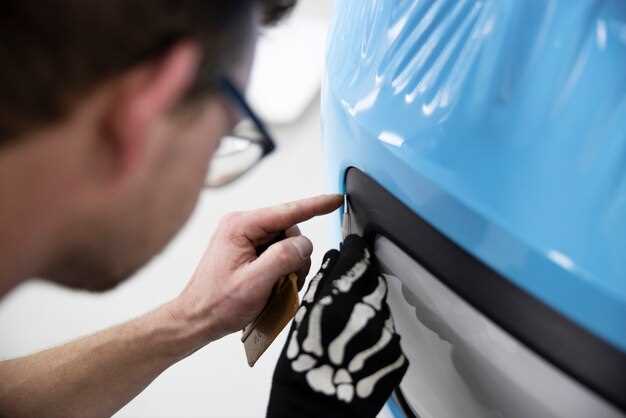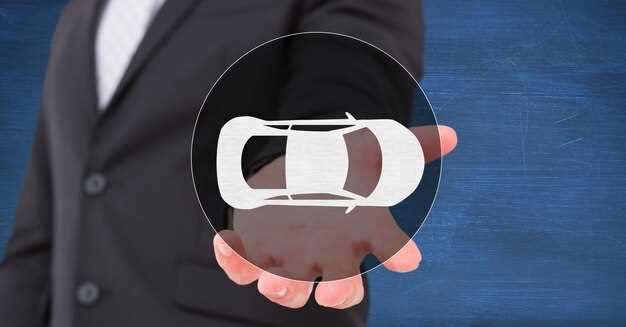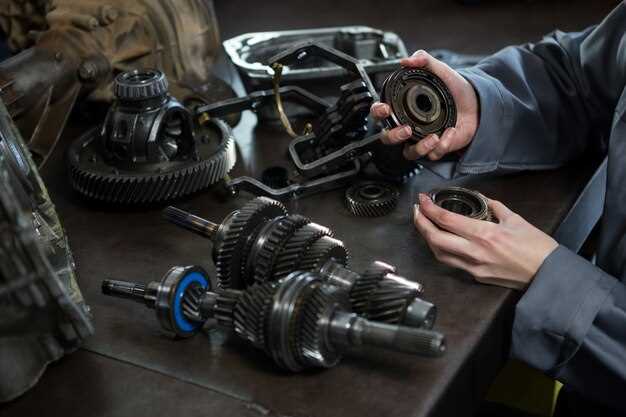
The suspension system of a vehicle is crucial for ensuring a smooth ride and maintaining control while driving. In BMW vehicles, renowned for their performance and engineering, the suspension system is particularly advanced. However, like any complex system, it is not without its weaknesses. Understanding these vulnerabilities can help BMW owners maintain their vehicles effectively and enhance their driving experience.
One of the most commonly reported issues in BMW suspension systems is the premature wear of control arms. These components are essential for connecting the wheels to the vehicle’s chassis, allowing for smooth steering and absorption of road shocks. Over time, they can deteriorate due to exposure to harsh road conditions and aggressive driving styles, leading to compromised handling and alignment issues.
Another critical area of concern is the shock absorbers. While designed to dampen the impact of bumps and maintain tire contact with the road, they can lose their effectiveness over time. This degradation can manifest as a rough ride or increased body roll during cornering. Drivers may notice these symptoms, which often prompt a closer inspection of the suspension components.
In addition, air suspension systems, featured in some BMW models, can experience leaks or failures. These systems offer a smooth and adjustable ride height, but when they malfunction, they may lead to uneven wheel alignment and decreased ride quality. Regular maintenance checks can help identify early signs of trouble, allowing drivers to address issues before they escalate into more significant problems.
Common Failure Points in BMW Shock Absorbers and Struts
BMW shock absorbers and struts are critical components of the vehicle’s suspension system, designed to provide stability, comfort, and safety. However, they are not immune to wear and tear. Understanding common failure points can help in diagnosing issues early and maintaining optimal performance.
One prevalent failure point is leaks in the shock absorber seals. Over time, the seals can degrade, leading to a loss of hydraulic fluid. This reduction significantly impacts the shock’s ability to dampen vibrations, resulting in a rough ride and decreased handling performance.
Another common issue is the wear of internal components, such as the piston and damping valves. Prolonged use can lead to scoring or damage to these parts, causing inconsistent damping characteristics. Drivers may notice excessive bouncing or swaying when navigating uneven surfaces, indicating compromised performance.
Strut mounts are also known to be weak points. These mounts can wear out or separate, leading to noise during turns or over bumps. A failed strut mount can also impact alignment, causing uneven tire wear and further suspension issues.
Furthermore, rust and corrosion can affect shock absorbers, especially in regions where roads are treated with salt in winter. Exposure to moisture and contaminants can lead to structural weakness, reducing the life expectancy of the shocks and struts.
Lastly, improper installation or the use of non-genuine parts can lead to premature failure. It’s crucial to adhere to manufacturer specifications when replacing or servicing these components to ensure a proper fit and function.
Identifying Wear and Tear in BMW Control Arms and Bushings

Proper identification of wear and tear in control arms and bushings is essential for maintaining the performance and safety of BMW vehicles. Control arms serve as critical components that connect the vehicle’s suspension to the chassis, while bushings provide cushioning and reduce vibrations. Over time, these components can degrade due to various stress factors.
Visual Inspection: Start with a thorough visual examination of the control arms and bushings. Look for signs of cracking, deformation, or corrosion. Control arms should appear straight and undamaged, while bushings should be intact and free from visible wear or grease leaks.
Listen for Unusual Noises: Pay attention to any clunking, popping, or squeaking sounds while driving, particularly over bumps. Such noises may indicate worn bushings or loose control arms, signaling a need for further inspection or replacement.
Check for Alignment Issues: If your BMW experiences uneven tire wear or drifts to one side, it could be a symptom of compromised control arms and bushings. Misalignment can significantly impact the vehicle’s handling and stability.
Assess Driving Performance: Notice any changes in the driving experience, such as a lack of responsiveness or a feeling of instability while cornering. These symptoms could stem from worn control arms or bushings, which may compromise the suspension’s effectiveness.
Conduct a Flex Test: When diagnosing bushing wear, perform a flex test. Apply pressure on the control arm while observing the bushings. If they move excessively or look misshapen, it indicates wear and potential failure.
Inspect for Fluid Leaks: Look for signs of fluid leaks around the bushings, as some bushings may have a grease or fluid component that can escape when damaged. Fluid loss can result in increased wear on suspension components.
Regular Maintenance: Schedule regular inspections of your BMW’s suspension system, including control arms and bushings, during routine maintenance. This proactive approach can help identify issues before they escalate into costly repairs.
By understanding how to identify wear and tear in control arms and bushings, BMW owners can ensure optimal performance and extend the lifespan of their vehicles’ suspension systems.
Impact of BMW Suspension Design on Alignment Issues

The suspension system of BMW vehicles is engineered for performance and comfort, but its complex design can lead to alignment problems. Misalignments might not always be apparent immediately, yet they can significantly affect handling, tire wear, and overall vehicle dynamics.
Several factors inherent in BMW’s suspension design contribute to potential alignment issues:
- Multi-Link Design: BMW often utilizes a multi-link suspension system. While this allows for better handling and comfort, the intricate linkage can introduce challenges in maintaining precise alignment. Variations in wear on bushings or joints can lead to misalignment over time.
- Camber Settings: The suspension is designed to provide optimal camber angles for performance. However, if the suspension experiences damage or excessive wear, these settings can shift, leading to uneven tire wear and compromised traction.
- Height Adjustments: Many models offer adjustable ride height. Incorrect adjustments may cause alignment issues, which can affect the vehicle’s stance, leading to negative effects on suspension geometry.
- Strut Mount Quality: The quality and condition of strut mounts are crucial. Worn or damaged strut mounts can lead to misalignment in the front suspension, causing vehicle instability and uneven tire wear.
- Weight Distribution: BMW’s vehicle weight distribution affects suspension behavior. Variations due to modifications, added weight, or uneven loads can alter alignment and necessitate adjustments to the suspension setup.
Addressing alignment issues in BMW vehicles involves regular inspections and preventative maintenance. Here are some steps to mitigate potential problems:
- Conduct periodic alignment checks, especially after suspension repairs or component replacements.
- Monitor tire wear patterns closely to identify misalignment early.
- Ensure that all suspension components are in good condition, replacing worn parts promptly.
- Be cautious with modifications that could alter factory suspension parameters.
- Utilize professional alignment services that have experience with BMW suspension systems.
In summary, while BMW’s suspension design offers numerous advantages, it also presents challenges related to alignment. Understanding these issues can help ensure optimal performance and safety on the road.




